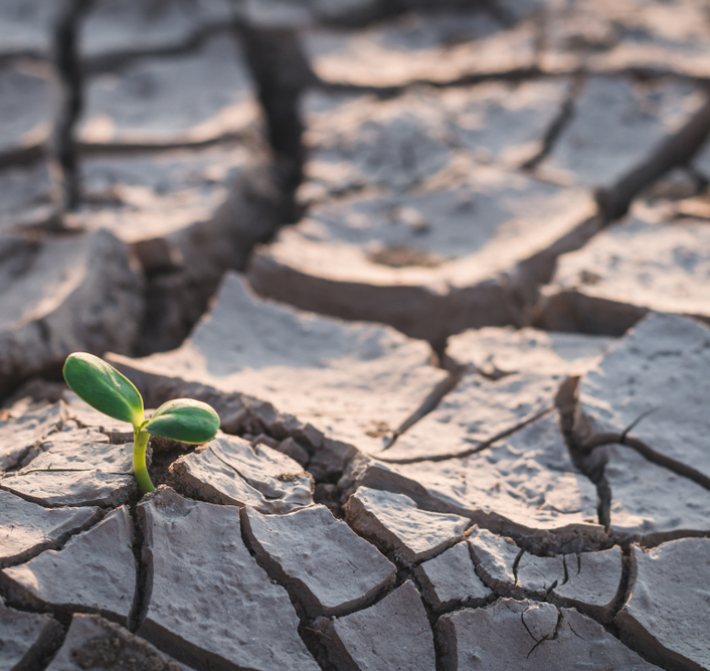
As I write this EPC Note blog post, I can hear the patter of the rain on the window. It’s high summer and, fairly typically, it’s cool and wet.
So, it’s not surprising that drought risk is usually low down on our list of things to worry about. But it is there on the National Risk Register and it is planned for. In future, it might become much more worrying.
What does the risk look like?
The first thing to note is that for us, in the UK, it is a quite long-wave risk. One swallow doesn’t make a summer, and one hot summer is very unlikely to lead to a serious drought. Actually, the way this risk modelled suggests that it will take three consecutive dry winters to bring us into drought. This doesn’t mean no rain whatsoever; it means levels that are significantly lower than average. This means that the aquifers, which act like underground storage tanks, don’t get properly refilled after each summer. If that happens three times in a row – then we’re in trouble.
Check out the National Geographic website for some more information on the science of this here.
What’s the recent history?
Drought doesn’t happen that often in the UK, but there have been times in the recent past when the Government has had to impose types of water-use restrictions to ensure that the risk is controlled. The years 2010 - 2012 saw less than average rainfall and this led to drought conditions. The South East was quite badly effected after having the lowest levels of rain for over 100 years. As a result, there was a temporary hosepipe ban and restrictions on water use for the agriculture and horticulture industries.
Droughts can affect the environment and animals too. Low river levels and flow rates can cause problems with fish migration. When this is combined with high temperatures the lack of oxygen in the water can create a stressful environment for fish and aquatic plants. When an extended drought occurs the risks to some species can be much greater. There is even risk of local extinctions of some species if drought occurs over several consecutive breeding periods.
Thanks to the continuous monitoring of water levels and our sophisticated understanding of hydrology, drought is more foreseeable than many other risks. After a dry 2018 summer and winter, the UK’s river levels are lower than average already. This has led the National Drought Group (NDG) to start working closely with farmers and environmental groups.
Due to the nature of drought and how it occurs, it means there is usually plenty of time to plan, warn and inform for it. Water companies as well as the local authorities and the Environment Agency have plans in place. These are reviewed and exercised regularly to ensure that they fit for purpose when the trigger point is reached.
Seeing it coming, of course, means that the government will be able to take the right steps in advance of any drought – so we may see water-use restrictions put in place when there are no obvious signs of drought. That creates an issue for public communication.
What does the future look like?
With climate change advancing and severe or extremes of weather becoming more common, drought is one of the risks that deserve careful thought and deep analysis. In short, it is expected to increase in the UK in frequency and in extent.
A few weeks ago a senior official of the Environment Agency stated that the UK could face extreme water shortages within 25 years. To tackle this, we would have to cut our water consumption by a third. That will need a radical re-think and some fundamental changes to the way we currently think about, use (and waste) our water.
The Insight Team